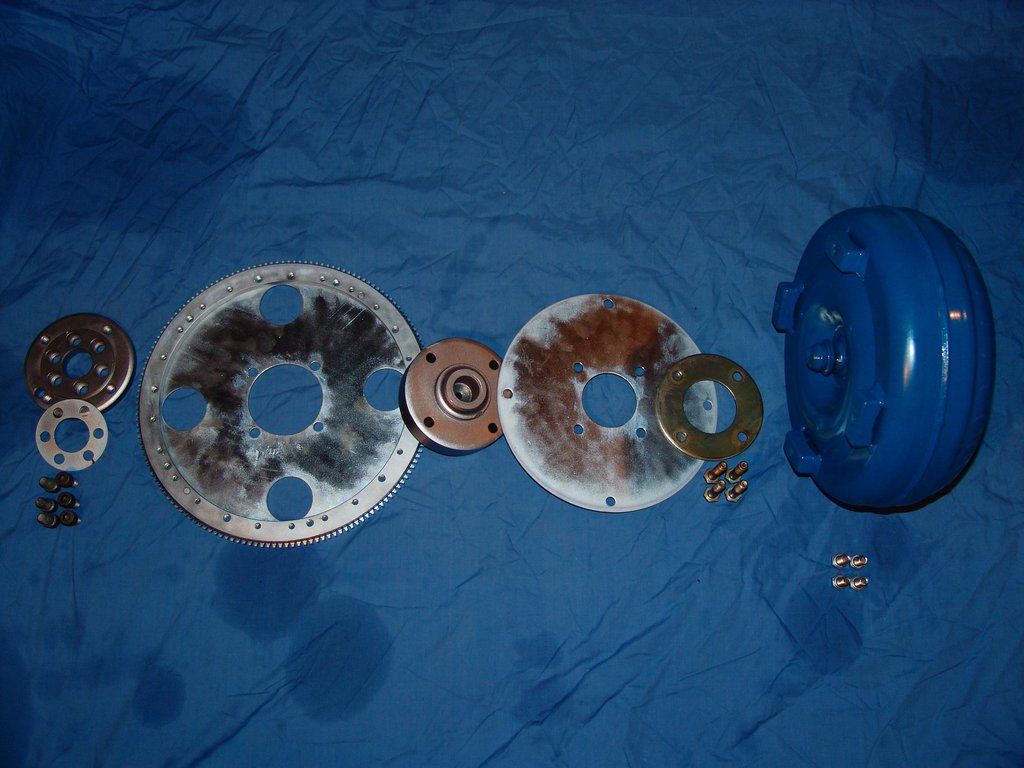WarrenL said:
corazon said:
I've read about zf boxes still going strong at similar to your total mileage on certain vehicles.
Jim, my Land Rover ZF was a well-used box and it was still in very good condition inside. Even the known weak points (input shaft, A-clutch, governor support housing) were all fine. In fact, the only discernible wear in the box was the pump input shaft bush, something that's not mentioned by the sources we've uncovered so far (so do make a mental note). For example there was no need to replace any of the friction plates or bearings, and that was on the advice of a transmission specialist in whose interest it was to sell me anything he could. I think a lot of the talk out there on the net is simply uninformed or speculative, and the overall picture I received from impartial gearbox gurus was that a well-treated ZF will last virtually forever. Furthermore, for a complete novice I found it remarkably easy to dismantle and reassemble (valve block excepted: I don't want to go anywhere near that box of black magic).
Re: ZF 4HP22
by eightofthem on Sun Jun 09, 2013 10:16 am
You have hit the nail on the head Warren, how far do you go!.
There will be worn components inside both boxes, but as you say how far.
Each clutch pack can be viewed and inspected individually,if you spread out a full overhaul kit on the bench, and then look at the internals sat together next to it,you would think NO WAY!.
Each clutch pack has a few rubber seals, and actuators or pistons to remove and inspect, as well as the frictions and steels.
Once you have the case empty,and all the internals on the bench, you can decide how to go, I would recommend a full seal kit at the very least, the rest you can either swap over or renew as you go.
Starting from F clutch they start off relatively easy to strip, then go a bit harder,then finish up easy at the front with A and B as you have already found out.
Looking at B clutch you are only one more item to remove from it to achieve a full strip.
Regarding the needle roller bearings and thrust washers, in all the boxes I have seen, I have not yet had to replace any.
The bearing or bushings I was referring to are located where shafts run through ie
Oil pump bush
A clutch bush
B clutch bush ( you can look at this one now as you have it in bits )
The centre support has two steel clad rings that run inside the centre which are attached in turn to the sun gear shaft.
These have the same wear effect as the link you posted about the A clutch above, they wear out the soft alloy centre support where they run, again as you have a donor these are interchangeable.
You are lucky to have two boxes that you can use, I would suggest that you leave the RR box as is until you get the feel of what you are looking for and at with the Beemer ie how it comes apart and how it goes back together, so you will have a known reference with the RR box if you get stuck.
If you do intend to look at all the clutches in turn and remove the actuators or pistons then you will need to improvise make or buy a spring compressor, to be able to remove said pistons. ( I made mine, but they are available to buy ).
That is the only thing you will need if you intend to fully strip.
Taking it all apart is straightforward enough as long as you do it methodically and just look at each component in turn one at a time.
Putting it all back together again is where you will need some help, and as I said before, just ask, I have plenty of pictures if you are stuck.
Now where the hell did I put that ????
Trouble is so much information can sometimes overwhelm things somewhat, and they get lost in the depths.
It s only when you incorporate readings with actual hands on knowledge that it starts to make sense.
Almost everything that is needed with these boxes is here in this thread somewhere, it just needs to be understood by whoever is reading it.


